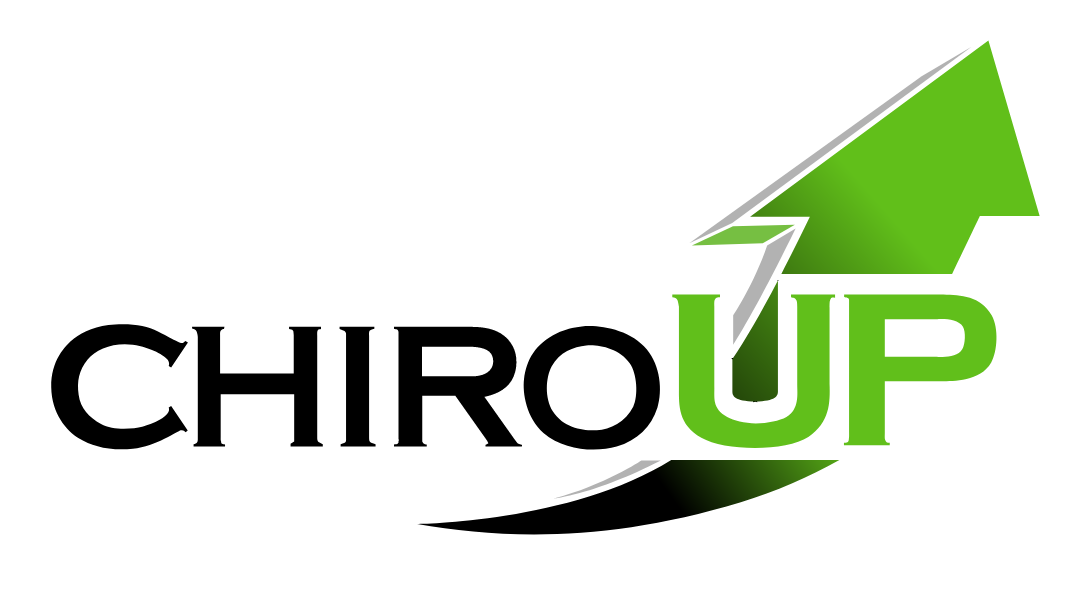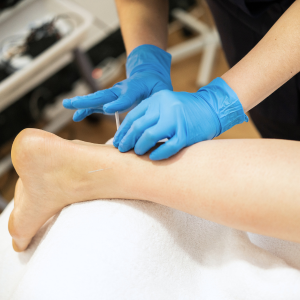How to Treat Achilles Tendinopathy in Young Athletes
Achilles tendinopathy is a common overuse injury seen in both adult and youth athletes. While rest and ice are often recommended, these approaches do little to address the underlying problem of load mismanagement and incomplete tendon remodeling. Successful outcomes depend on restoring the tendon’s capacity to handle stress through progressive, sport-specific loading strategies. In this blog, we’ll review key insights on why these injuries occur, how to individualize rehab for young athletes, and what treatment considerations chiropractors should keep in mind when managing Achilles tendinopathy.
1. Why are Achilles Injuries Common in Young Athletes?
A specific type of injury to the Achilles tendon is something called mid-portion Achilles tendinopathy. It most commonly affects active adults between the ages of 30 and 55, particularly male recreational runners and athletes involved in jumping or sprinting sports such as soccer, basketball, and track.
This group experiences repetitive mechanical loading that leads to microtrauma and collagen degeneration within the tendon (2–6 cm above the heel bone). Age-related changes, including decreased tendon elasticity and vascularity, further reduce the tissue’s ability to tolerate stress. Additional risk factors include training errors, limited ankle dorsiflexion, and overpronation, which increase strain through the kinetic chain.
While it can occur in younger athletes, mid-portion Achilles tendinopathy remains primarily a load-intolerance condition of the middle-aged, recreationally active population.
Clinical takeaway:
Mid-substance Achilles pain, think overuse + load mismanagement, not inflammatory pathology.
2. What are the Best Exercises for Achilles Tendinopathy?
An international Delphi consensus of 17 experts in Achilles tendinopathy rehabilitation identified four exercise parameters with the greatest influence on recovery form a mid-substance injury:
Contraction intensity
Total time under tension
Number of repetitions and sets
Type of contraction
The Alfredson Protocol remains a foundational starting point for mid-portion Achilles tendinopathy: typically 4 sets of 20 eccentric heel drops, performed twice daily. However, rehabilitation should never be one-size-fits-all.
Athletes are not “normal,” and neither should be their rehab. A collegiate soccer player, an 8-year-old basketball player, and a middle-aged marathon runner each place very different mechanical demands on the Achilles tendon and have unique capacities within their musculoskeletal systems.
Athletes are not “normal,” and neither should be their rehab. A collegiate soccer player, an 8-year-old basketball player, and a middle-aged marathon runner each place very different mechanical demands on the Achilles tendon and have unique capacities within their musculoskeletal systems.
While the Alfredson approach provides an excellent baseline, progressive overload must be individualized. Some athletes require greater load, additional sets or repetitions, or external resistance (such as weighted vests or sport-specific plyometrics) to adequately match the forces encountered during their activity.
In short, the goal is not simply to complete a protocol, it’s to restore tissue capacity to meet the real-world demands of the sport or lifestyle.
Should I do Eccentric or Concentric strengthening?
Clinical insight: The success of the Alfredson Protocol (eccentric heel drops) is less about “eccentrics” and more about high-tension, slow-tempo loading. Studies show that heavy slow resistance (HSR) training—both concentric and eccentric—achieves similar or better results by increasing time under tension and stimulating collagen synthesis. The key variable is contraction intensity, not movement type.
3. What Can Help Achilles Tendinopathy Heal Faster?
Shockwave therapy: Promotes neovascularization and collagen realignment in chronic tendinopathy.
Instrument-assisted soft-tissue mobilization (IASTM): Breaks down adhesions and stimulates fibroblast activity.
Dry needling: Triggers localized healing response and reduces pain sensitivity.
How long will an Achilles tendon injury take to heal?
Tendons heal slowly and remodeling takes months, not weeks The collagen turnover rate is approximately 100 days, which means improvement occurs gradually. Symptom reduction may begin in 6–8 weeks, but full recovery often takes 3–6 months, especially for chronic cases. Quick symptom relief doesn’t mean the tendon is fully healed; early return to sport too soon increases recurrence risk.
4. What Advice Should Chiropractors Give Patients with an Achilles Strain or Tendinopathy?
Key factors that influence recovery:
Adherence to loading programs: Gradual, pain-guided eccentric or heavy-slow resistance training is essential.
Avoid complete rest: Controlled loading stimulates collagen repair; inactivity weakens the tendon.
Address biomechanics: Localized treatment alone (heel drops, massage, taping) is rarely enough. Limited ankle dorsiflexion, hallux rigidus, or hip/knee weakness can all increase Achilles strain by altering load distribution. Addressing entire lower-extremity mechanics—not just the tendon—reduces recurrence and improves load efficiency.
Add adjunct therapies when indicated: Shockwave, IASTM, or dry needling can accelerate healing in chronic cases.
Support tendon healing nutritionally: Encourage adequate protein intake and collagen synthesis support (vitamin C + gelatin).
Conclusion
Managing Achilles tendinopathy requires more than symptom relief. Chiropractors play a key role in identifying load mismanagement, optimizing biomechanics, and guiding athletes through progressive loading programs that restore true tendon capacity. While protocols like Alfredson’s provide a foundation, effective care must be individualized based on each athlete’s sport, strength, and movement demands.
Your clinic runs fast, but documentation doesn’t have to slow you down. ChiroUp EHR captures your workflow, backfills your notes, and automates best practices so you can focus on what matters most, your patients. From condition reports to exercises, scheduling to billing, everything moves seamlessly in one intelligent system.
Book a demo with our team today to explore how ChiroUp can transform your practice, streamline your day, and become the EHR partner you’ve been waiting for.




